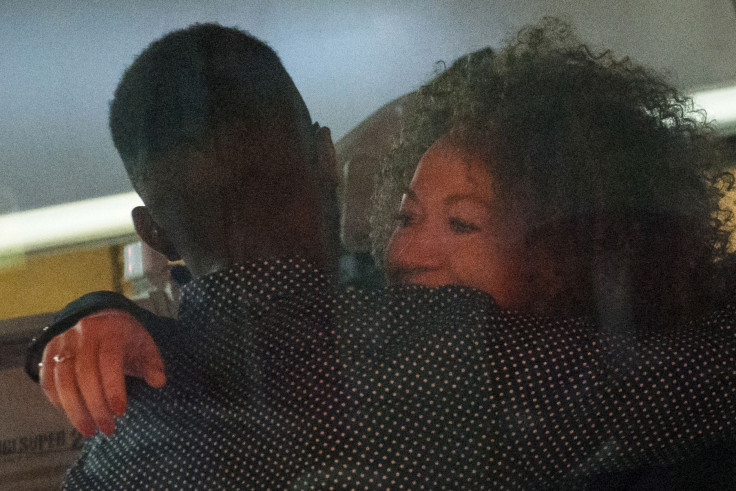Daughters of interracial couples more likely to identify themselves as multiracial than sons

A new study in the February issue of the American Sociological Review reveals that daughters of interracial parents are more likely than sons to identify as multiracial. This is truer for children of white-black couples.
The study revealed that among the black-white biracials (offsprings of interracial couples where one parent is white and the other black), 76 percent of women and 64 percent of men identified as multiracial. Forty percent of women and 32 percent men self-labelled as multiracial when it came to Latino-white biracial, and 56 percent women and 50 percent men with Asian-white biracials.
The study relies on data from Cooperative Institutional Research Program (CIRP) Freshman Survey. Higher Education Research Institute at the University of California-Los Angeles every year conducts surveys and thousands of freshers from hundreds of community colleges and universities across the United States participate.
The researchers focused on 37,000 black-white, Asian-white and Latino-white biracials, the data from which was collated from the CIRP Freshman Surveys.
It was found that socioeconomic status and religion also strongly influenced how biracials self-identified. For biracials, looking racially indistinct is closely connected to racial stereotypes of beauty and femininity.
“So, biracial women are often seen as not fully white and not entirely minority, and they are cast as kind of a mysterious, intriguing 'racial other,’” said Lauren Davenport, a Stanford University assistant professor of political science and study author.
Davenport also found out that racial labelling choices are intimately connected to income, identities and social group attachments of the growing mixed-race population. Black-white biracials are most likely to identify as multiracial.
When asked on this finding, Davenport had an interesting answer.
“Because people in this group have so strongly been expected to identify as black, they are choosing to assert a new identity, one that incorporates both their black and white heritages,” she said.





















